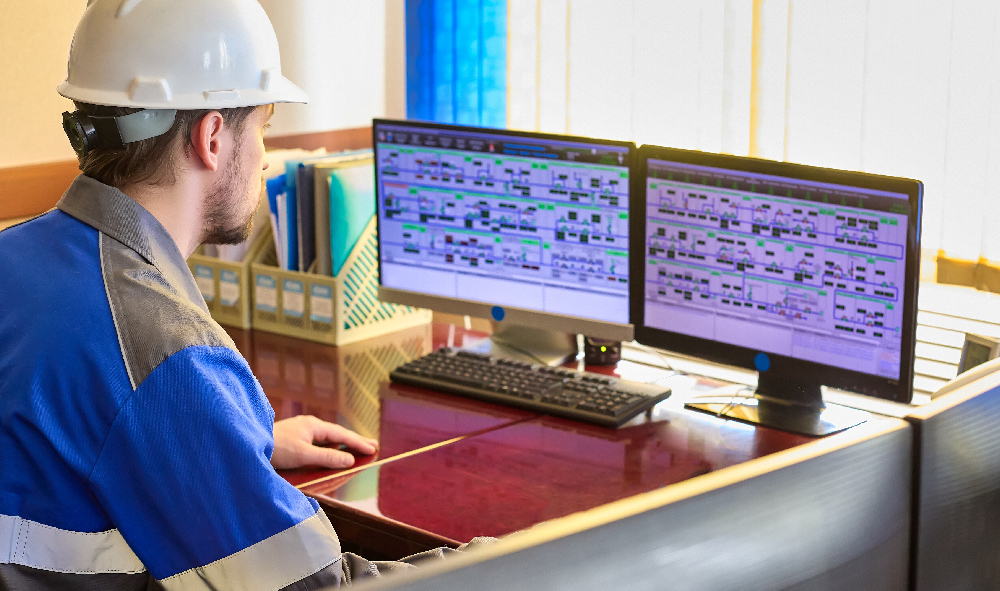Insights / Operational Excellence
Staying ahead of security threats
Leverage Robotic Process Automation (RPA) to automate security support processes for better management of security threats
Digital security threats have become prevalent and continue to disrupt every aspect of the digital world. Increasingly sophisticated cyber criminals exploit sophisticated technology, leaving organizations feeling helpless as their confidential information and critical assets fall victim to malicious attacks. To combat the threats, service providers need to focus more on threat detection and mitigation capabilities. Furthermore, they need to focus on the related metrics such as Mean Time to Detect (MTTD) and Mean Time to Mitigate (MTTM).
Typically, a small team of technical support executives is deployed to handle the customer-facing security incidents (e.g., in the broadband service offered to residential or enterprise customers). While this team of experts is capable of handling regular day-to-day activities, it will be extremely challenging for them if there is a sudden security threat, which creates a huge volume of tickets to resolve in a short span of time.
Robotic process automation (RPA) is a great technology to handle numerous, repetitive, and mundane processes. Service providers leverage it to automate various processes like order-to-activate, assurance, fulfillment, and billing. However, using RPA to handle high volume and low-frequency security tickets is unconventional in the communications industry. This Insight discusses effective strategies for implementing RPA in the service providers’ ecosystem.
Security teams which typically tend to be smaller in size, are not equipped to handle the high volume of incidents when a major crash down occurs. Use RPA to handle high volume and low-frequency security tickets in the communications industry


